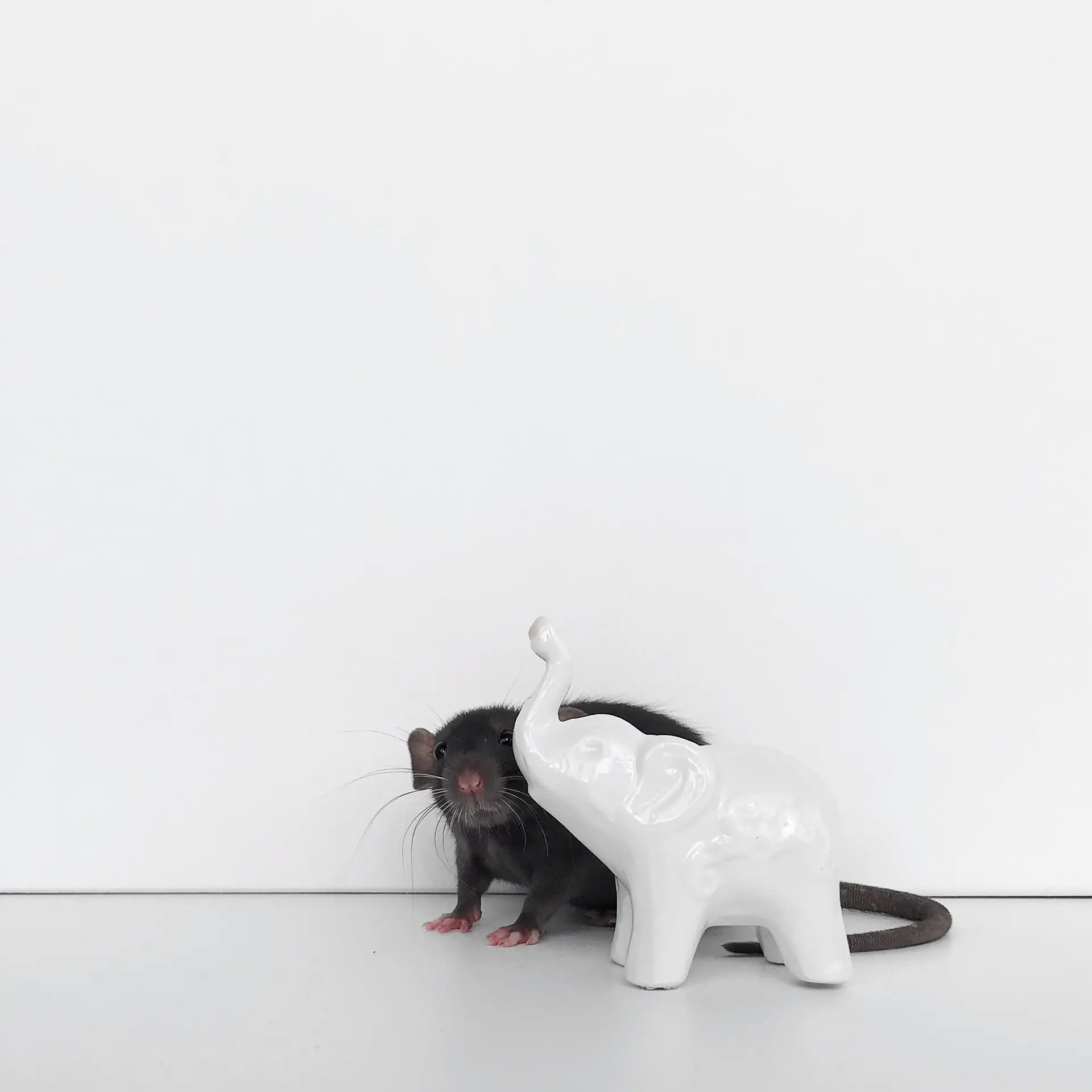In popular start-up literature, a lot has been written about driving towards an MVP, or Minimum Viable Product. The elusive MVP is intended to be a minimum viable subset of features/functionality required in order for you to have a functioning, marketable, and ultimately viable product. However, during the last couple of years, I’ve found that trying to find the RAT in your product could potentially prove to be far more useful.
What do I mean by “finding the RAT”? RAT, or Riskiest Assumption and Test it, is a simple yet extremely powerful concept when diving into the murky waters of the start-up world. In a world where we are driven by venture capital investment, grants, or other sources of investment, it becomes increasingly important to hunt for your riskiest assumptions, test them and re-assess your fundamental strategy and direction.
Here is what I’ve learned.
Nobody wants your product (at first)
This is a fundamental truth all entrepreneurs should embrace. If you embark from this point, every waking moment is spent on finding a market that is actually willing to buy your product. Don’t assume people will buy what you are trying to sell. Your number one goal should be to find people willing to write you a cheque. If you can find a solution to someone’s problem, to the extent where they are willing to write you a cheque up-front (for your solution), then you have arrived at the moment where you found a winning product-market fit opportunity.
Assumption: Everybody loves my Product! RAT: Challenge this assumption, try to find someone willing to give you money up-front just to solve their problem, don’t just assume everyone wants to buy whatever crazy idea you are selling.
It’s all about return business
Roughly two years ago, I started a business with my wife where we would offer genetic testing services to dog owners. The idea was simple — send the dog owner a cotton swab, take a saliva sample of their furry friend, post it back to us, and provide them with everything from breed analysis to screening for potential disease.
That sounds like a good idea, doesn’t it? Wrong. It turned out that most people only cared about what breed they have, not really if they can proactively prevent disease in their dog. Furthermore, once a customer ordered a product, why would they come back for more? It’s not like their beloved poodle is going to morph into a retriever the next year, so we ended up in a perpetual cycle of trying to constantly engage with new customers.
Given all the time and energy that goes into new customer acquisition, you should really be looking for a business model which encourages the same customer to return time and again, which means you can invest time and energy in building a relationship with each and every customer, continue to deliver value and not run the risk of having to re-invest all that time all over again after you’ve made a sale.
Assumption: My idea is SO great, I’ll make millions! RAT: Make sure you test the assumption about return business. Start small, even if it is with only 1–10 customers, and continue to adapt in order for them to continue coming back for business.
This brings me to another important lesson:
Always add Value. If you cannot add Value, try again. Always add Value no matter what
We live in a world where, as consumers, we are bombarded by products and information. Our most precious commodity these days is attention. If you’ve read this article up to this point, I applaud you, not many people are willing to donate this much attention to anything anymore these days 🙂
Due to the limited supply of attention and the saturated media feeds we all face each day, it is more important than ever to deliver true, honest value.
Find a solution to someone’s problem, and execute. Simple 🙂
In the end… it’s all about the RAT
We all start businesses that are, at least initially, based on so many assumptions. Always try to prioritize these assumptions, then, starting with the riskiest assumptions first, attack them one-by-one until there is nothing left and you are free to take your start-up to the next step.
Good luck out there!

Harold Luijerdijk
Great insights! Let’s go find the rat 😉